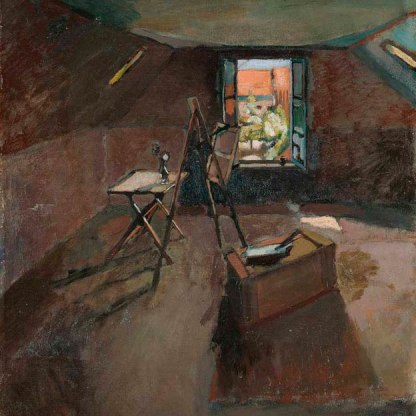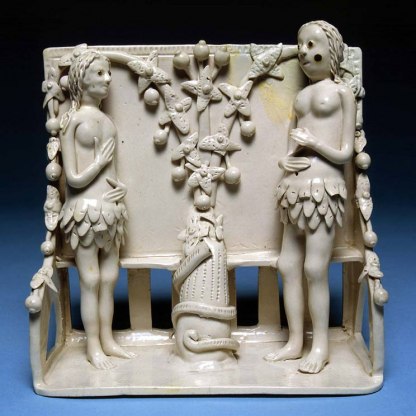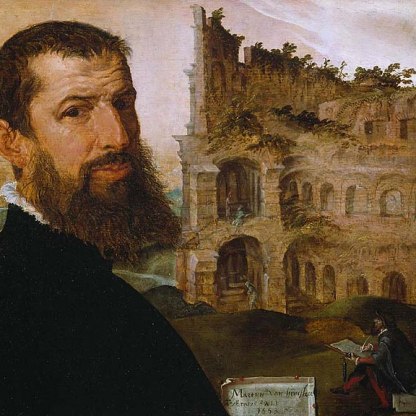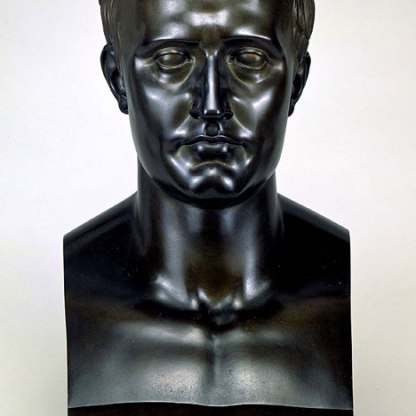Owen McSwiny
The elaborate imagery of Pittoni's painting confused many when it was first shown, not least the Italian artists who had been given strict instructions as to what they had to show. Grand enough in conception in its own right, this painting was only one of a series of twenty-four works designed and commissioned from Italian painters by the sometime actor and opera impresario, the Irishman Owen McSwiny (1684–1754).
In 1688 England experienced what became known as the Glorious Revolution, when the Catholic King James II was replaced by his son-in-law, the Protestant William of Orange. Since then the kingdom had enjoyed great successes in a number of spheres: military, political and intellectual.
It was McSwiny's ambition to celebrate the new-found sense of national self-confidence that accompanied these achievements. He wrote a pamphlet entitled, To the Ladies and Gentlemen of Taste in Great Britain and Ireland in which he advertised engravings of paintings of 'the British monarchs, the valiant commanders, and other illustrious Personages who flourish'd in England about the end of the seventeenth and beginning of the eighteenth centuries'.
Ten of the original paintings made for this grand project ended up in the collection of the duke of Richmond. They are now spread in collections throughout the world.
With typical eccentricity, McSwiny insisted that, on each canvas, 'the Figures, the Landskips, the Buildings and other ornaments are painted by different hands'. Here the Venetian artist Pittoni's figures interact in an architectural setting painted by his comparatively little-known fellow townsmen, the Valeriani brothers. The scale and style of the interior reflects their work as stage painters.
Other highlight objects you might like
Other pathways and stories you might like
Sign up to our emails
Be the first to hear about our news, exhibitions, events and more…






